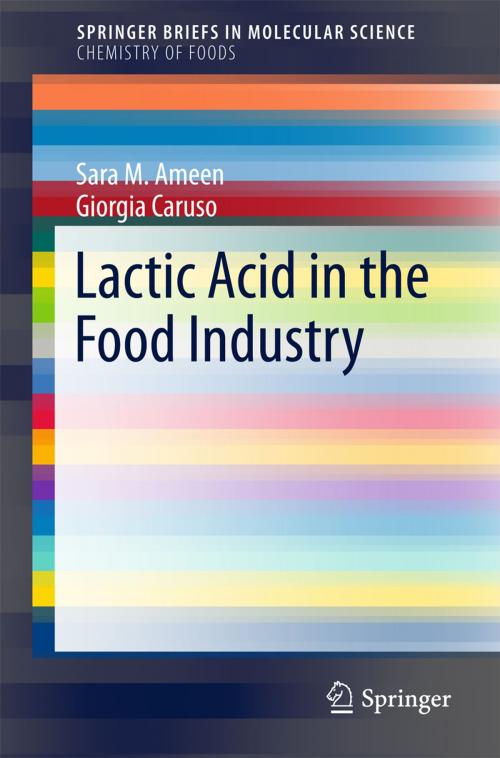Lactic Acid in the Food Industry
Nonfiction, Science & Nature, Science, Biological Sciences, Biochemistry, Technology, Food Industry & Science| Author: | Sara M. Ameen, Giorgia Caruso | ISBN: | 9783319581460 |
| Publisher: | Springer International Publishing | Publication: | May 23, 2017 |
| Imprint: | Springer | Language: | English |
| Author: | Sara M. Ameen, Giorgia Caruso |
| ISBN: | 9783319581460 |
| Publisher: | Springer International Publishing |
| Publication: | May 23, 2017 |
| Imprint: | Springer |
| Language: | English |
This Brief explores the importance of lactic acid and fermentation in the modern food industry. Although it is usually associated with milk and dairy products, lactic acid can also be found in many other fermented food products, including confectionery products, jams, frozen desserts, and pickled vegetables. In this work, the authors explain how lactic acid is produced from lactose by Lactobacillus and Streptococcus cultures, and they also emphasise its important role as pH regulator and preservative, helping to the inhibition of microbial growth in fermented foods. The Brief discusses a wide range of lactic acid’s applications as a natural additive, curing or gelling agent, flavour, food carrier, solvent, and discoloration inhibitor, among others. Readers will also find a brief overview of the current analytical methods for the quantitative and qualitative determination of lactic acid in foods.
This Brief explores the importance of lactic acid and fermentation in the modern food industry. Although it is usually associated with milk and dairy products, lactic acid can also be found in many other fermented food products, including confectionery products, jams, frozen desserts, and pickled vegetables. In this work, the authors explain how lactic acid is produced from lactose by Lactobacillus and Streptococcus cultures, and they also emphasise its important role as pH regulator and preservative, helping to the inhibition of microbial growth in fermented foods. The Brief discusses a wide range of lactic acid’s applications as a natural additive, curing or gelling agent, flavour, food carrier, solvent, and discoloration inhibitor, among others. Readers will also find a brief overview of the current analytical methods for the quantitative and qualitative determination of lactic acid in foods.















